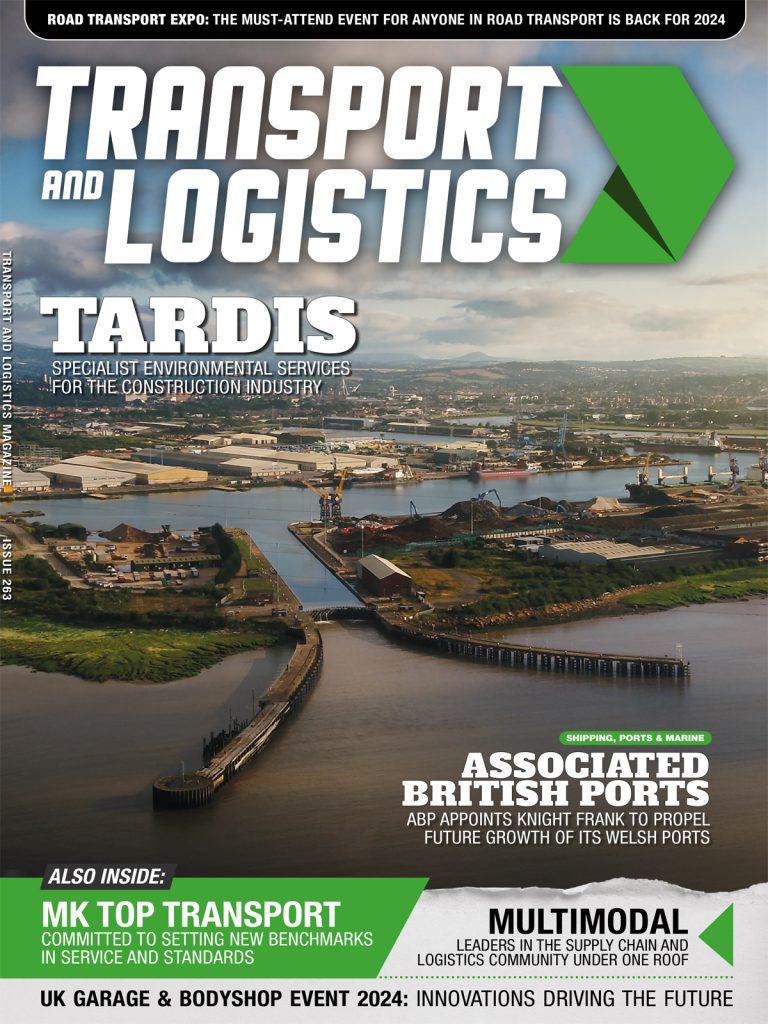London tube map designer honoured
On the 80th anniversary of the first public appearance of his Tube map design and the 150th anniversary of the London Underground, Harry Beck (1902-1974) is to be commemorated with an English Heritage blue plaque at his birthplace, 14 Wesley Road, Leyton, E10 on Monday 25th March at 10am.
Unveiling the plaque will be London Transport Museum Director Sam Mullins. Design and Heritage Manager for London Underground Mike Ashworth and blue plaque historian Howard Spencer will also be speaking at the unveiling. In common with other English Heritage plaques to Underground-related figures, Frank Pick, Lord Ashfield and Edward Johnston, the inscription will be in the distinctive Underground new Johnston typeface.
Sam Mullins said: “Beck’s map was revolutionary in its simplicity. It has become a London icon and influenced the design of many Metro maps across the globe, as well as being the inspiration for many contemporary artists and designers. His work forms part of the overall design ethic of Transport for London and its predecessor organisations, and his original artwork for the London map and the Paris Metro are both on display in London Transport Museum’s Design for Travel gallery.”
Mike Brown, Managing Director of London Underground, said: “Just like Harry Beck’s map, the London Underground network is constantly evolving and improving to serve a growing population. The beauty and simplicity of Beck’s design lends itself perfectly to the addition of new stations, new Tube and rail extensions and new symbols for step-free access.
“It seems particularly fitting of English Heritage to have recognised Harry Beck’s contribution to London Underground with a blue plaque during our 150th anniversary year.”
Eighty years since its public debut, Beck’s iconic London Underground map – a “brave step in pure geometry” – remains the template for the map used today. At first rejected by Underground management for being too revolutionary, when it finally went in to print it was an immediate success, with the simplicity of Beck’s design being key to its appeal. Some 850,000 pocket-sized copies of the “diagram” were printed in the first two months of 1933, and in March of that year Beck produced the first quad royal (40 by 50 inches) poster versions of the map. The Underground was thus made more accessible to its passengers and a new, easy to understand, way of navigating the city was born.
Beck was born in Leyton, the son of Joshua and Eleanor Beck, who themselves had been born and raised in nearby West Ham. He would have spent about the first two years of his life living in the small terraced house in Wesley Road, which was then newly built. By 1911, the Beck family had moved to Highgate, where the young Harry was educated at Grove House School. He attended art classes locally – where he met Nora, who he married in 1933 – and also studied marble sculpture in Italy.
By 1925 Beck had started working on a contract for London Transport as an engineering draughtsman in the London Underground Signal Engineer’s office. It was during one spell in between jobs, in 1931, that he produced his first design for a diagrammatic map. He took the existing geographically based map and straightened the distinctive colourful lines –the “vermicelli”, as he later called them – to verticals, horizontals or forty-five degree diagonals. Beck continued to update the map as new stations and lines came into service and even after he left the employment of London Transport he still worked on the diagram; he is supposed to have been paid just five guineas (£5.25) for the original design. From 1947 he taught the history and theory of type and design at the London School of Printing.
Beck’s last version of the map was published in 1960, after which a simmering dispute over its remodelling by other designers led to an unbridgeable rift with his former employers. Despite this he continued to work on updated designs on his own, featuring the new Victoria Line as a neat diagonal in lilac; these were never used, and nor were the elegant prototypes he produced for the Paris Metro map. Beck was notably ahead of the game in producing a version of his London map showing all train services, underground and overground, as early as 1938; this was then deemed too complex for publication, but an integrated diagrammatic map of this sort is now ubiquitous.
Howard Spencer, blue plaque historian, said: “Maps of transport systems in other cities owe a huge debt to Beck’s icon of good design; those of Moscow, Paris, Amsterdam and Singapore all use something of his simple, schematic approach. The London Underground map is essentially Harry Beck’s sole claim to fame, but the impact it has made on design practice and everyone who travels on the underground cannot be underestimated.”













